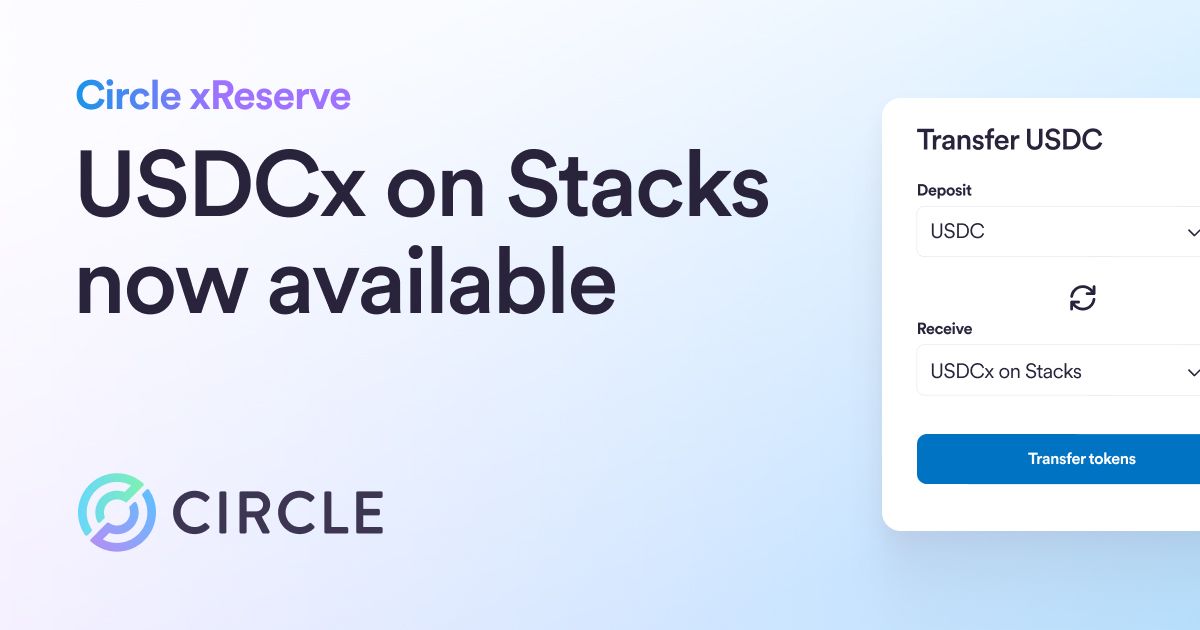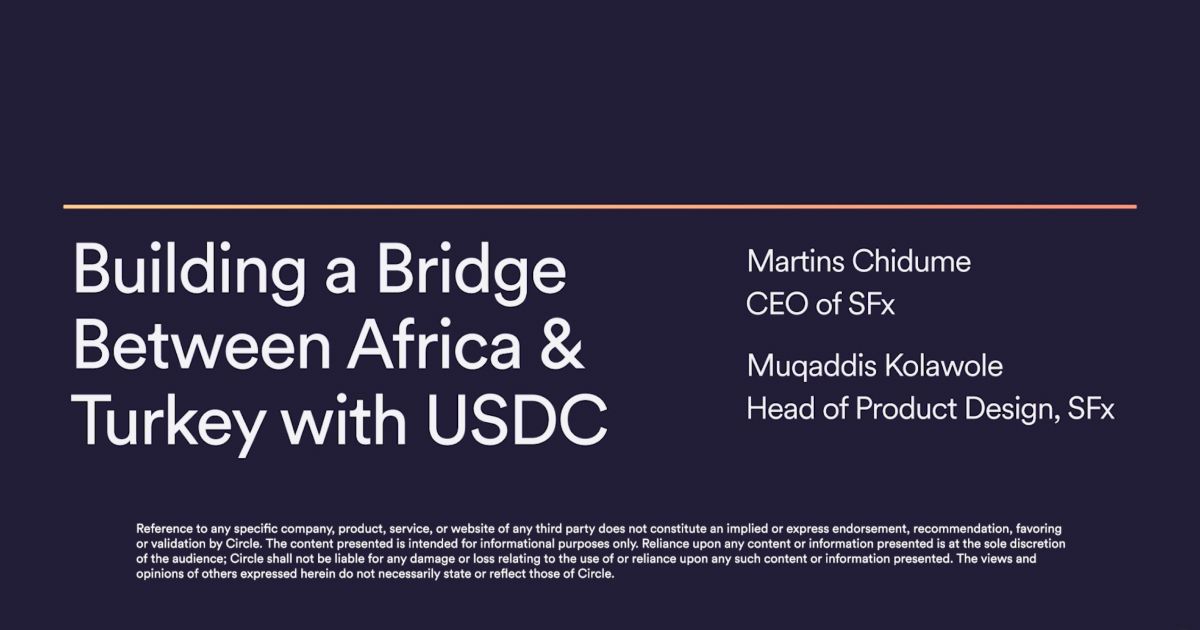Circle’s July USDC attestation report from Grant Thornton gives independent validation of the cash and U.S. Treasury assets that comprise the USDC backing

This is part of Circle’s ongoing Trust & Transparency series.
Since the 2018 launch of USDC, Circle has published monthly reserve reports with attestations from Grant Thornton — a leading global accounting firm — to provide independent confirmation that we hold at least as much in dollar-denominated reserves as the amount of USDC in circulation.
Recently, we published self-reported details of the CUSIPs, maturity dates and market values of each T-bill in our portfolio and listed the U.S. financial institutions that held the cash portion of the USDC reserve, along with the weighted average maturity of the entire reserve.
Beginning with July 2022 and going forward, Grant Thornton’s attestations will cover all these additional details, providing independent confirmation of the detailed composition of the USDC reserve as well as its sufficiency.
Attestations and audits
The level of third-party assurance provided by an attestation is the same as that provided by an audit. An attestation provides assurance around a specific statement or criteria — in this case, statements by Circle’s management within the reserve report about the nature of USDC reserves — while an audit is specifically used to provide assurance around financial statements.
When an accounting firm provides an attestation report, they review the supporting documentation prepared by management and verify the criteria presented in the reserve report. For example, the accounting firm confirms the blockchain balances and monthly activity at the report date on its own blockchain infrastructure, and confirms monthly bank and asset management statement information directly with those third-parties.
In addition to monthly attestations as to the size and composition of the USDC reserve, Circle also files annual audited financial statements with the SEC that cover the USDC reserve.
Reconciling settlement timing differences
Preparing the reserve report requires careful reconciliation of the differences between blockchains, where USDC moves in real time, and our banks and custodians, which process transactions with settlement delays and only within business hours. In addition to settlement speed differences between blockchain and traditional rails, differences can also arise between banks and custodians because purchases and sales of Treasury bills take time to settle. When we buy or sell Treasuries, the cash might not settle until the next day, so we need to avoid double counting. These differences are accounted for in the final attested reserve asset balances, and we now show them on our reserve report. They do not impact the overall size of the reserve, nor the fact that USDC is always redeemable 1:1 for U.S. dollars.
Our history of attestations underscores our commitment to providing USDC holders, the broader crypto community and the general public with open, timely reporting on how we minimize risk and maintain liquidity in the USDC reserve. As policy and regulatory requirements evolve and as better reporting opportunities arise, we intend to adjust our approach and continue to enhance transparency into our operations to give the market even more confidence.
We invite you to visit our USDC Transparency & Stability page to learn more.





